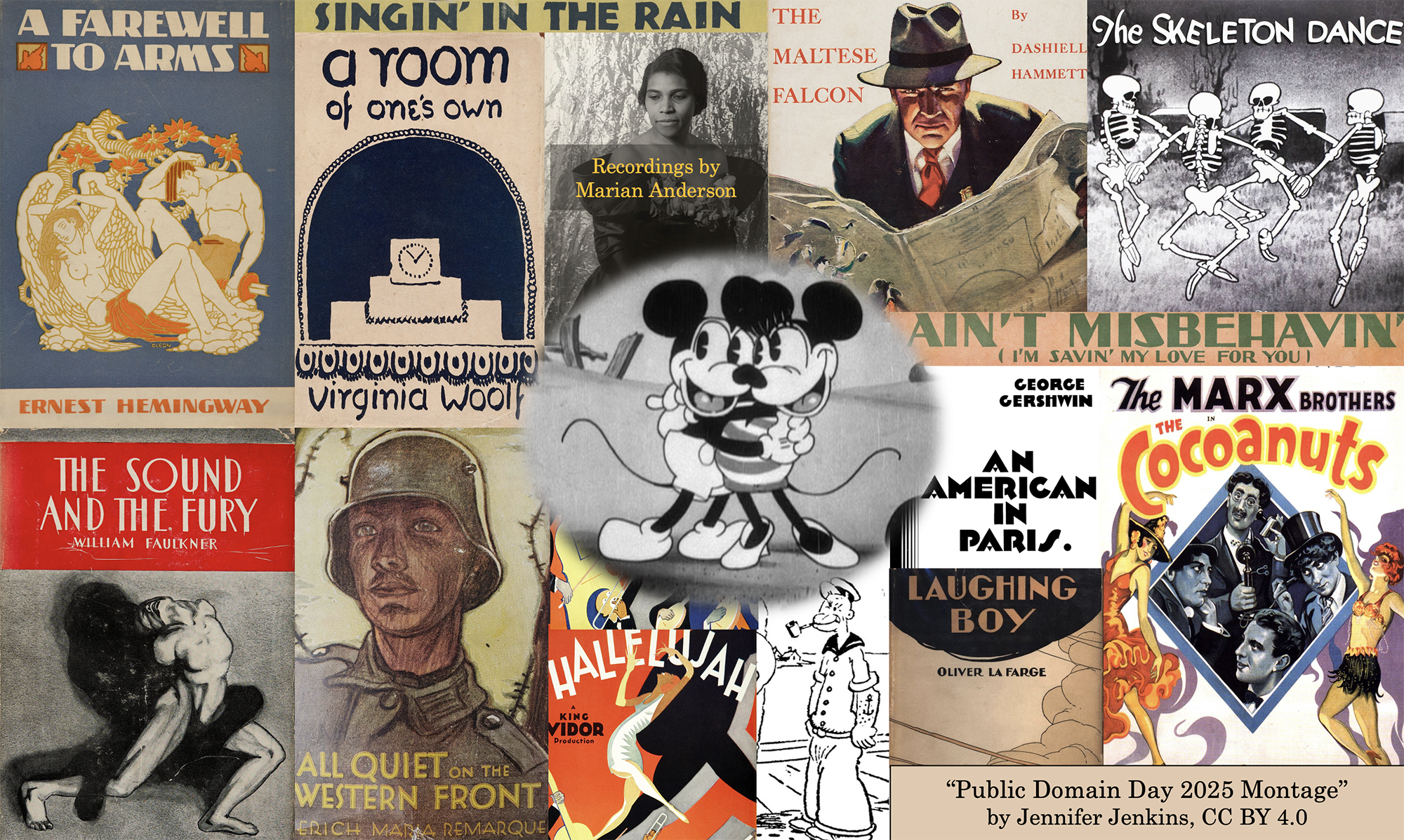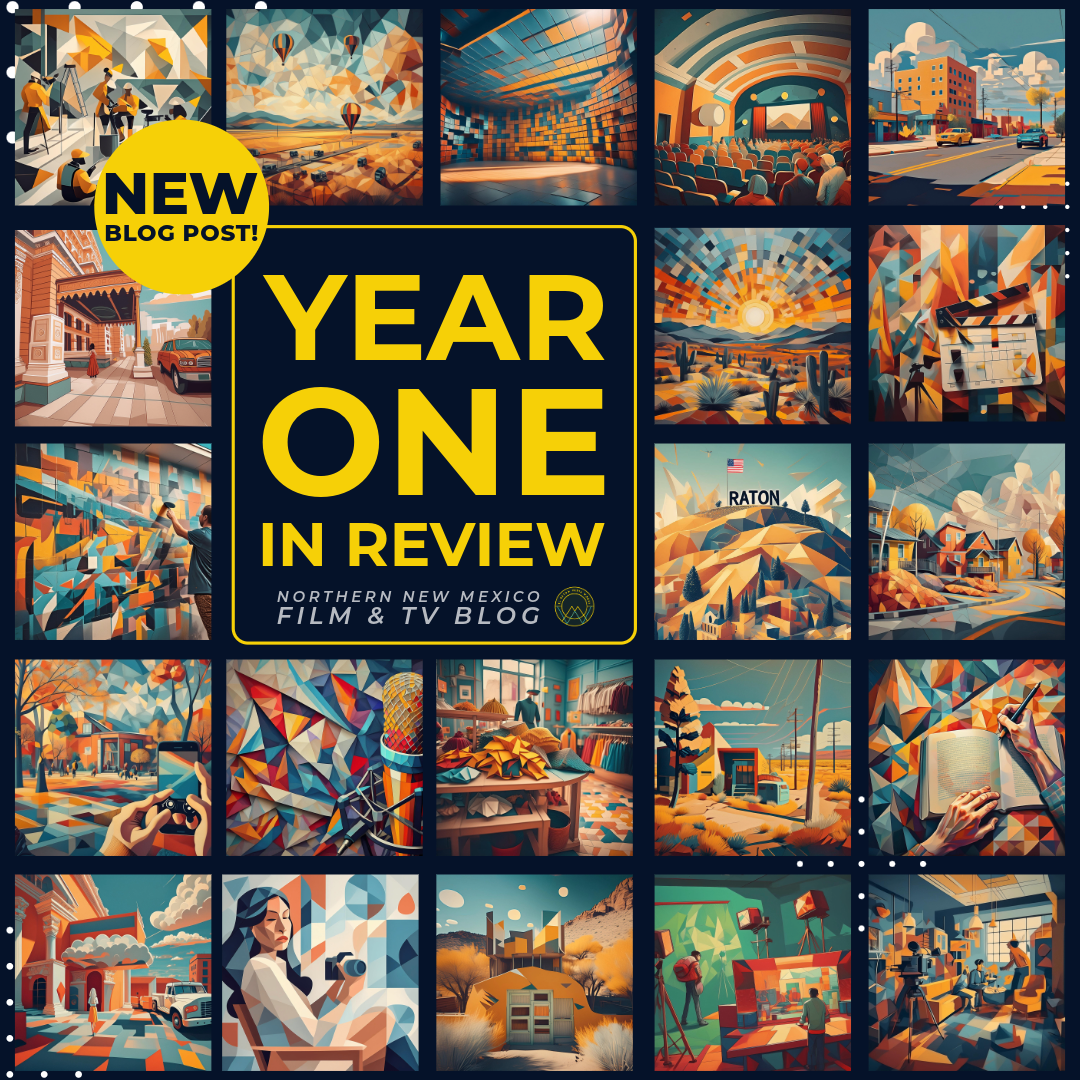Unlocking Your Scriptwriting Potential: Essential Tips for First-Time Writers
By ERMW Team
Thursday, February 1, 2024
Scriptwriting is a captivating art form that has shaped the landscape of cinema and television. From aspiring screenwriters to enthusiasts of the craft, this article provides a comprehensive guide to the fundamentals of scriptwriting. By delving into the intricacies of structure, formatting, dialogue, and characterization, this article equips you with the knowledge and tools needed to breathe life into your stories on the screen.
Structure:
One of the fundamental aspects of scriptwriting is understanding the structure. A well-structured script follows a specific format, typically divided into three acts: the setup, confrontation, and resolution. Each act serves a distinct purpose in advancing the story, introducing conflicts and obstacles, and resolving them in a satisfying manner. Familiarizing yourself with this three-act structure lays the groundwork for a coherent and captivating script.
If you’d like to learn more about three acts as well as other types of script structures, we recommend reading “Screenplay Structure Examples - A Guide for Screenwriters” by Theo Friedman.
Character Development:
Creating well-rounded and relatable characters is essential for any script. Characters drive the story forward and engage the audience. Spend time developing your characters by understanding their backgrounds, goals, conflicts, and motivations. Each character should have a distinct voice and contribute to the overall narrative. Consider their arcs, where they start and where they end up, as they navigate through the challenges presented in the script.
Check out“The 10 Critical Steps of Good Character Development” by Industrial Scripts to gain insight into creating compelling characters in your script.
Dialogue:
Dialogue is the backbone of any script. It is through dialogue that characters express their thoughts, emotions, and conflicts. Good dialogue feels natural, unique to each character, and advances the story. To improve your dialogue writing skills, listen to the way people communicate in real life, and read scripts from acclaimed writers. Pay attention to the rhythm, pacing, and subtext within conversations to create impactful dialogue that captivates the reader and engages the audience.
We suggest reading“Script Dialogue Should Be More Than ‘Just Talking’” by Script Reader Pro as a starting point.
Visual Storytelling:
A script is not only about dialogue; it is also a visual medium. Utilize visual storytelling to enhance the impact of your script. Consider the use of vivid descriptions, imagery, and actions to create a vivid mental picture for the reader and visual elements for the viewer. Show, don't tell, and use the cinematic language to convey emotions, atmosphere, and important plot points.
For some excellent examples of Visual Storytelling, check out“Visual Storytelling Techniques and Tips for Filmmakers” by Jason Hellerman.
Conflict and Tension:
Every compelling script thrives on conflict and tension. Conflict drives the story forward and keeps the audience engaged. Introduce internal and external conflicts that your characters must face and resolve. Explore different forms of conflict such as man vs. man, man vs. self, and man vs. nature to add complexity and depth to your script.
Try reading “Understanding Conflict & Tension” by Chris Winkle to learn more about how tension drives the story and conflict brings tension to life.
Theme and Subtext:
Theme and subtext add layers of depth and meaning to a script. Consider what your story is about on a deeper level and how you can incorporate it into your script. Themes could include love, justice, identity, or the human condition. Subtext, on the other hand, involves conveying messages indirectly through symbolism, metaphors, and nuanced character interactions. These elements allow your script to resonate with the audience on a profound level.
Noi Sabel wrote, “The Ultimate Guide to Themes: Your Secret Weapon for Storytelling Success” which is an excellent resource on the topic.
Formatting
A properly formatted script can help the director, actors, and crew to visualize the scenes and prepare for the shoot. It also makes it easier for producers and investors to evaluate the script and decide whether to greenlight the project or not. In general, a good script should follow industry-standard formatting guidelines, be easy to read, and focus on telling a compelling story.
It’s essential to learn the elements of a script and their functions, try reading “How to Format a Screenplay” by Josh Fechter for a great overview. Also, there are many wonderful scriptwriting programs which assist in making formatting easy. “Best Screenwriting Software of 2024” by Christian De Looper gives an up-to-date list of software options that can help you get your story on the page and in the correct format.
Rewrite and Feedback:
Once you have completed your script, remember that writing is a continuous process of rewriting and refining. Seek feedback from trusted peers or industry professionals who can provide constructive criticism and fresh perspectives. Use their input to polish your script, making it stronger with each revision.
For some helpful tips, read “How To Handle Constructive Notes & Nail Your Rewrite” by Shannon K. Valenzuela.
In conclusion, understanding the fundamentals of script writing is crucial for aspiring screenwriters. By mastering the structure, developing compelling characters, writing engaging dialogue, utilizing visual storytelling, creating conflict and tension, exploring themes and subtext, and embracing the rewriting process, you will be well-equipped to create captivating and impactful scripts. So, grab your pen and let your imagination soar as you embark on your script writing journey.
Recommended Books for Learning Scriptwriting Fundamentals:
Nurturing your scriptwriting skills is an ongoing process. We highly recommend reading books on the subject even to the most seasoned writers. Here’s a list to get started:
"Screenplay: The Foundations of Screenwriting" by Syd Field
"Save the Cat! The Last Book on Screenwriting You'll Ever Need" by Blake Snyder
"Story: Substance, Structure, Style, and the Principles of Screenwriting" by Robert McKee
"The Anatomy of Story: 22 Steps to Becoming a Master Storyteller" by John Truby






















